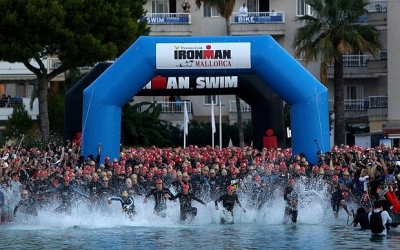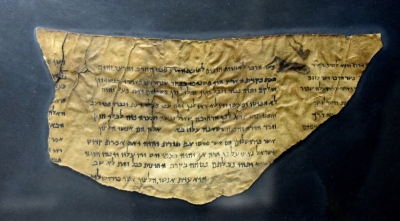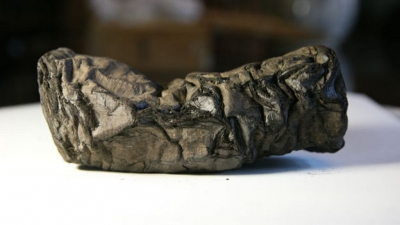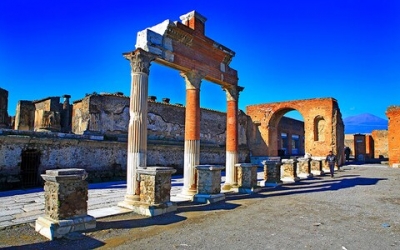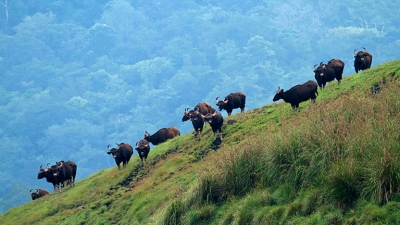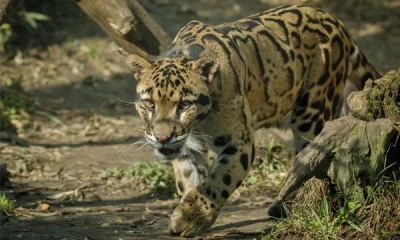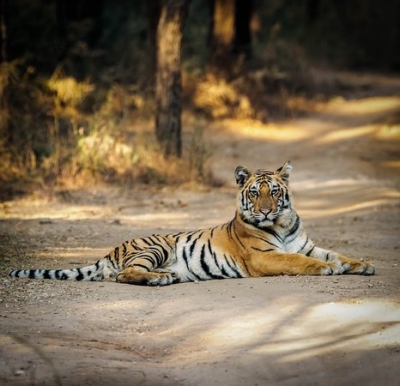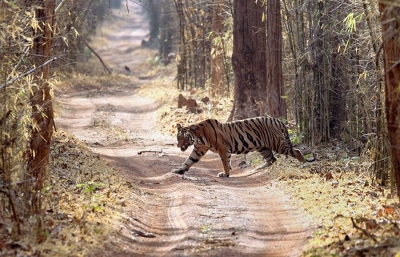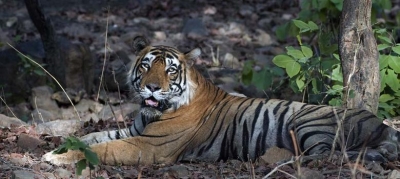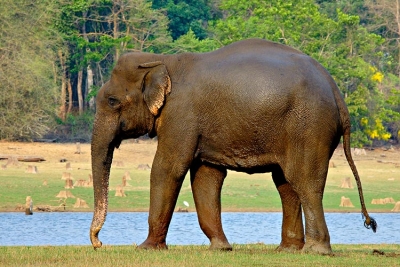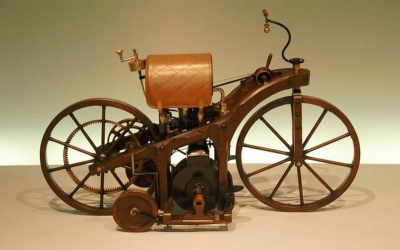
You might still be too young to ride your own motorcycle, but that surely wouldn’t have stopped you from riding along with elders in your family, older cousins and friends. The feeling of the wind gushing against your face (do wear your helmet!) could well have you fantasizing the days when you would be allowed to ride these vehicles yourself. While that might not be too far away in the future, we will have to be content now with learning about how the first such ride panned out.
Gottlieb Daimler, a German mechanical engineer, is a huge figure in the early history of the automotive industry. After studying engineering and learning about engines while working with various firms, he started to work for Nikolaus Otto, a German engineer who had invented the four-stroke internal combustion engine, in 1872.
Experimental workshop
A decade later, Daimler left this company along with his co-worker – another German engineer – Wilhelm Maybach, to start their own experimental engine building workshop. They were successful in developing a compact, high-speed single-cylinder engine that they called grandfather clock engine and patented it in 1885.
Once they had their engine, it was important for Daimler and Maybach to offer proof on wheels and show that an engine was capable of powering a vehicle. Even though their objective was not to build a motorcycle, they ended up designing one as the engine prototypes at their disposal wasn’t powerful enough for a full-size carriage. The result was the Daimler Reitwagen or “Riding Car”, which was patented in August 1885.
Paul rides it
The design included a wooden bicycle frame with the pedals removed and a single-cylinder Otto cycle four-stroke engine mounted on rubber blocks. Apart from the two iron tread wooden wheels, there were two outrigger wheels to help its stability. With an engine output of 0.5 horsepower at 600 rpm, the Reitwagen could attain a top speed of about 11 kmph.
It was in November (some accounts say November 10, while others say November 18) 1885 that the Reitwagen made its first journey of real length in public. It was Daimler’s son Paul who rode the vehicle and he covered the distance of around 5 km between Cannstatt to Unterturkheim in Stuttgart, Germany, achieving speeds of 5-12 kmph during the process. The ride not only showed that such an engine could power such a vehicle, but also that a human being could completely control it.
Is it the first motorcycle?
Not everyone agrees with the notion of Reitwagen being the first motorcycle as there were other steam-powered vehicles that also lay a claim. The fact that the Reitwagen sports auxiliary wheels for stabilisation further dents its case. What the Reitwagen has going for itself, however, is that it is the first gasoline internal combustion engine motorcycle and a forerunner of all vehicles that came after it and used this common engine type.
Daimler and Maybach went on to use their engines on a four-wheeled carriage and a boat, before eventually building a four-wheeled vehicle that was designed from scratch as an automobile. Even though building the Reitwagen was never his ultimate goal, inventing it meant that Daimler is often called “the father of the motorcycle.”
Picture Credit : Google
